How to Read Tire Sizes – Here’s What The Numbers Mean!
-

- Last updated:
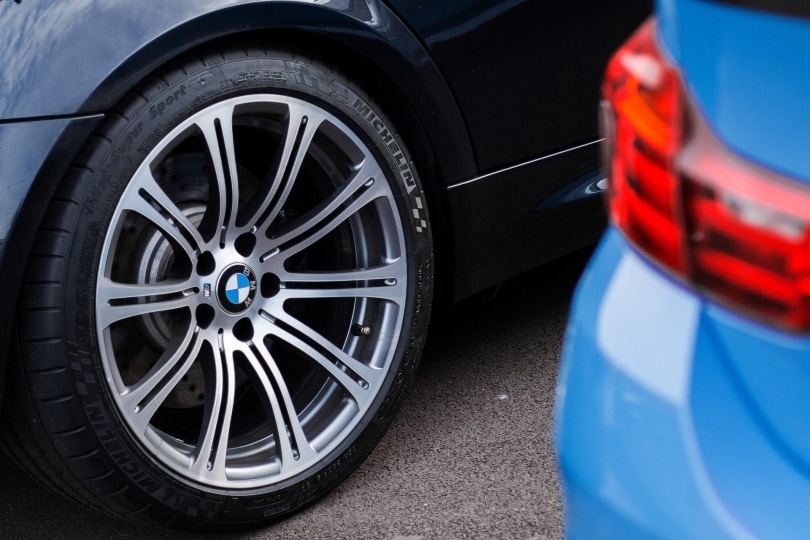
Imagine driving a vehicle without rubber tires. The journey would be bumpy and uncomfortable, and you may need a few physiotherapy sessions to get your body back in shape.
In 1839, Robert Thomas invented the first rubber tire through vulcanization. Vulcanization is the process of adding sulfur to rubber to make it pliable and prevent two surfaces from sticking to each other. But it was not until 1888 that John Boyd Dunlop made the first pneumatic tire. Dunlop wanted to create a comfortable tire that would prevent his 10-year-old son Johnnie from getting headaches after riding a bike.
Today, Dunlop tires are one of the most reliable and top-selling brands. But there are some coded numbers on each Dunlop, Continental, and Goodyear tire. Do you know what they mean?
How Do You Read Tire Sizes?
A tire has seven sizing numbers and letters. You should be able to read and comprehend them carefully when it is time to change a car’s or truck’s tires because there is a ton of information behind each seemingly innocent letter and number.
From a larger perspective, tire makers manufacture and size tires according to the type of vehicle they will be used on. So, a truck’s tire is thicker and heavier than a sedan’s. However, you cannot determine the right tire size by simply looking at it.
On a normal tire, you will find codes such as (P215/65R1589H) or 215/65R1589H.
Though almost the same, these two codes are different. The first code starts with a letter (P), while the second code starts with a number (215).
Tire codes that start with a letter fall under P-metric standards designated by the Tire and Rim Association. The other code that starts with a number is in Euro-metric and is designated by the European Tyre and Rim Technical Organization. Passenger cars, SUVs, and light-duty trucks or half-ton trucks use both tires.
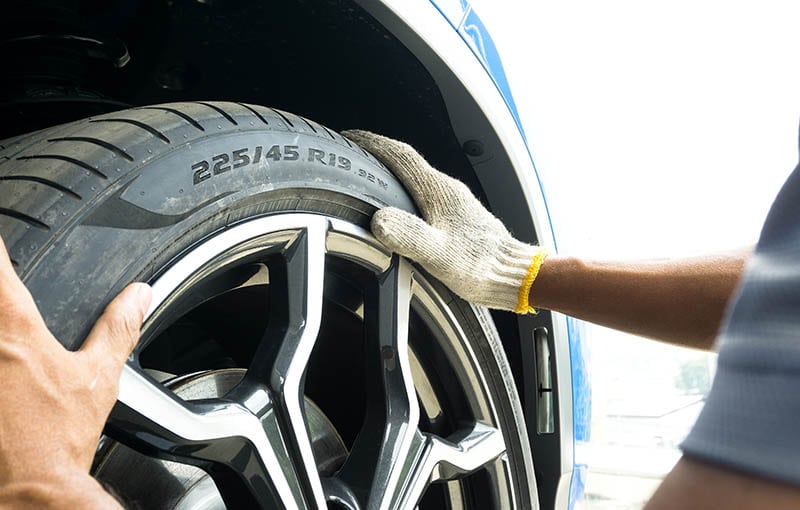
Tire Sizing for Heavy-Duty Vehicles
In heavy-duty vehicles, the sizing criteria are slightly different. For instance, you may find a tire with this code: LT215/65R17 118/116R. LT represents LT metrics and uses the same sequence as the P-metrics. As the first two letters hint, the tire is specifically for heavy-duty light trucks, such as a ¾ ton truck.
Another sizing sequence in heavy-duty vehicles is known as C-type. These tires have codes that start with a number and not a letter. Their sizing criteria are thus similar to the Euro-metric or Euro-metric commercial, to be precise. An example of such a sequence is 23/75R16C 121/119R.
From the two vehicle classes (light duty and heavy duty), their tires are differentiated by one thing other than the first two letters. In heavy-duty tires, the sequences have 2 Rs, while in light-duty tires, there is only a single R.
Other Tire Types
Still, based on tire sizing criteria, you may find tires with letters such as T or ST in their sequence. T standards for temporary spare. These tires are slightly smaller than the other running tires and are usually carried on the back of off-road vehicles. A spare tire comes in handy when one of the tires gets punctured.
ST, on the other hand, stands for a special trailer. An example is the tire mounted on a boat trailer or camper. Note that the tires are not meant for standard trailers since they are not designed to carry a lot of weight or move faster.
Having looked at different sequences on some of the most common tires, what do those letters and numbers actually mean? To understand this, we will take codes from a light-duty vehicle (P215/65R15 89H) and a heavy-duty truck (LT215/65R17 118/116R).
1. P and LT
P and LT represent tire types. As already stated, tires are designed and manufactured according to how much they can carry. P means the tire was designed for passenger vehicles, while LT is for heavy duty. When inflating, LT tires require more air and pressure compared to P.
In Euro-metrics, you will not find the letters, but don’t worry because other numbers and letters in the tire code will tell you where to use it. Please note that some tire manufacturers indicate the tire type at the end of the sequence.
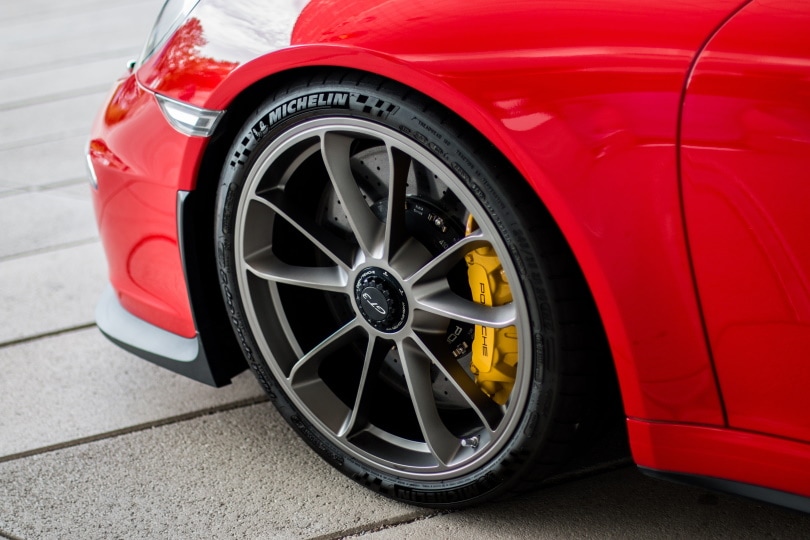
2. 215
215 is the tire width, which is the distance from sidewall to sidewall in millimeters. In our case, the tire width is 215 millimeters.
3. 65
65 is the aspect ratio and is presented as a percentage. Tire makers usually calculate the aspect ratio by dividing a tire’s sidewall height by its width multiplied by 100. If a tire’s aspect ratio is 60, it means that the tire’s height is 60% of its width.
The aspect ratio varies from tire to tire and affects steering stability and cornering capabilities. A tire with a high aspect ratio of around 70 is more stable when making sharp bends but requires more power to propel it forward.
On the other hand, a tire with a lower aspect ratio of around 60 is less resistant to rolling, which it trades off with high speed and less power to rotate the tire from a resting position. A well-balanced aspect ratio of between 63 and 68 offers comfortable rides.
4. R
R is a radial construction type, which is how steel chords are arranged inside the tire. Radial designs utilize several layers of steel chords (plies) laid parallel to each other but at the right angle to the centerline tread. The side walls are more flexible because they have few steel pliers. This makes a tire look deflated even though it is fully inflated.
A radial tire is easy to control, consumes less fuel, and is more stable. Other tire construction types are bias ply or diagonal. They are denoted as B and D, respectively.
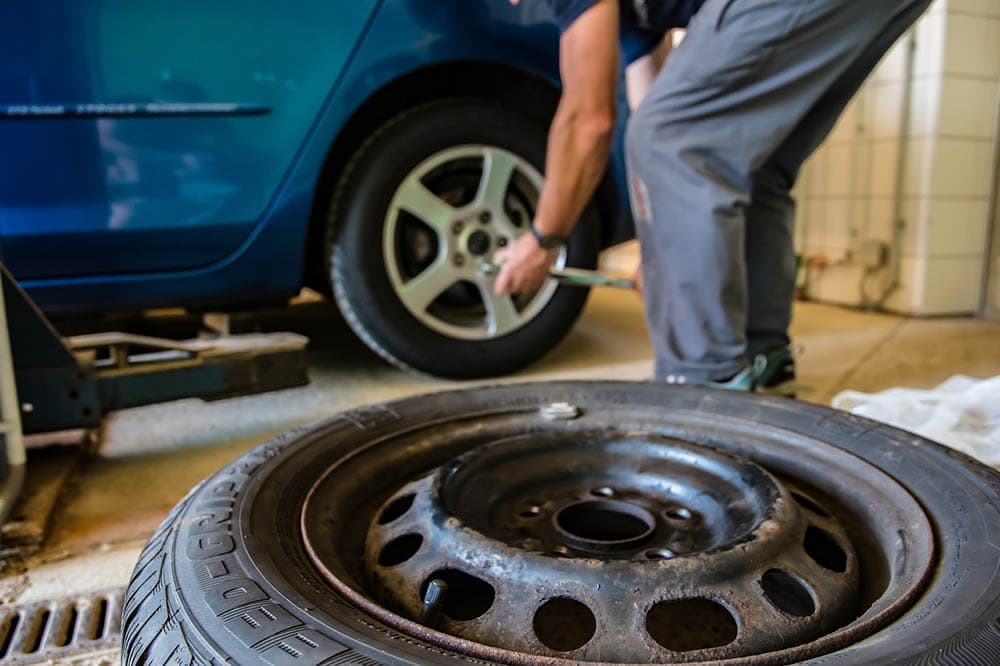
5. 15 and 17
Immediately after R, you will find 15 on light-duty vehicles and 17 on heavy-duty trucks. These two numbers represent the wheel diameter. It is the distance from one “tire lip” to the other in inches.
The wheel diameter is equal to the size of the rim the tire will fit on. In our case, the light-duty tire fits on a rim measuring 15 inches wide, while the heavy-duty’s tire is 17 inches.
6. 89 and 118/116
Still using our example, the sequence’s last two sets of numbers are load indexes. They are known as indexes because they cannot tell us how much a tire can carry on their own. But each number makes sense when you look at its corresponding value on the load index chart.
Depending on who is presenting the chart, it starts from 51, which corresponds to 430 pounds, and ends at 250, which corresponds to 132,277 pounds.
There are two types of load indexes in passenger cars, standard and extra load. In standard load, the tires come only with the load index. There are no extra markings.
In contrast, a tire that carries an extra load has XL letters at the end of the sequence. For example, P215/65R15 89H is for the standard load, while P215/65R15 89H XL is for the extra load.
Another important thing you should be careful about is a heavy-duty tire’s load index, which is a set of three numbers separated by a forward slash. The first number, in our case 118, is the load index of a tire when it is used in a single application, while 116 tires are used in pairs.
Sometimes, in older tire models, you will find that letters are used to show the load index. This is not unusual, and after consulting the load index chart, you will find the exact carrying capacity of a vehicle.
Lastly, P-metrics and Euro-metrics use different load index charts. Consult the correct chart after looking at your tire’s sizing system.
7. H and R
Just like the load index, the last letters on the sequence determine the maximum speed of a tire after lab tests. It is also an index, and after referring to a speed chart, you will find the exact speed in mph.
Using the above example, the top speed of a light-duty tire, denoted by H, is 130 mph, while that of a heavy-duty tire, denoted by T, is 118 mph.
When servicing a vehicle, always go for new tires whose speed index is rated higher compared to the old tires. If you go for a tire whose speed index is lower than that of older tires, the vehicle’s speed will be capped. You must thus drive the vehicle slower for the new tire to last longer.
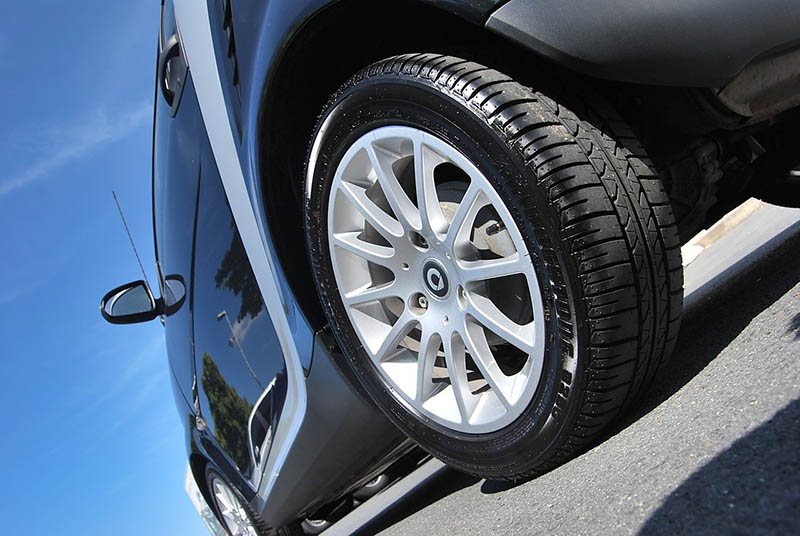
What Are Special Tires?
These are specially manufactured tires that provide an excellent driving experience while handling the toughest conditions. Most special tires are pricier than standard tires.
There are many types of special tires and we have already mentioned some of them (spare and XL tires). Other examples are directional, racing, winter, MUD, and all seasons.
Conclusion
Reading tire sizes requires a deep understanding of the hidden meaning behind the letters and numbers on the sidewall. The P-metric system starts with a letter, while Euro-metrics with a number. The letter represents the type of vehicle the tire will be used on. After the letters, there is a set of numbers, which is the tire width in millimeters. The aspect ratio, a percentage of the sidewall’s height to the tire’s width, follows the width. Next is the type of tire construction and rim diameter.
Tires also have load and speed indexes. They are denoted by the last set of numbers and letters, respectively. To get the actual value, refer to the correct load and speed index charts.
Featured Image Credit: Toby Parsons, Pixabay
Contents

